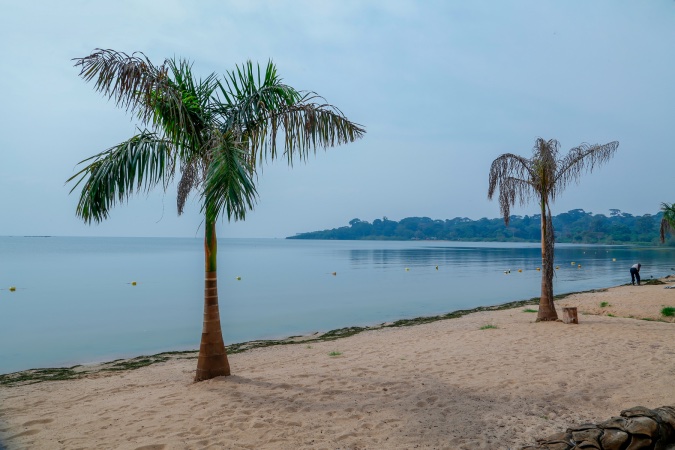The lake was renamed Lake Victoria after Queen Victoria by the explorer John Hanning Speke, in his reports- the first Briton to document it. (It has since been recognized that the native guides used the name Lake Nyanza to describe it to him) Speke accomplished this in 1858, while on an expedition with Richard Francis Burton to locate the source of the Nile River.[7][8] This expedition was financially sponsored by the Royal Geographic Society, an imperial organization that upon bestowing this news to the queen, got bestowed a royal charter. It is not clear if this was in appreciation of the lake re-naming
With a surface area of approximately 59,947 square kilometres (23,146 sq mi),[9][10] Lake Victoria is Africa’s largest lake by area, the world’s largest tropical lake,[11] and the world’s second largest fresh water lake by surface area after Lake Superior in North America.[12] In terms of volume, Lake Victoria is the world’s ninth largest continental lake, containing about 2,424 cubic kilometres (1.965×109 acre⋅ft) of water.[13][10]
Lake Victoria occupies a shallow depression in Africa. The lake has a maximum depth of between 80 and 84 metres (262 and 276 ft)[13][10] and an average depth of 40 metres (130 ft).[14] Its catchment area covers 169,858 square kilometres (65,583 sq mi).[15] The lake has a shoreline of 7,142 kilometres (4,438 mi) when digitized at the 1:25,000 level,[16] with islands constituting 3.7 percent of this length

